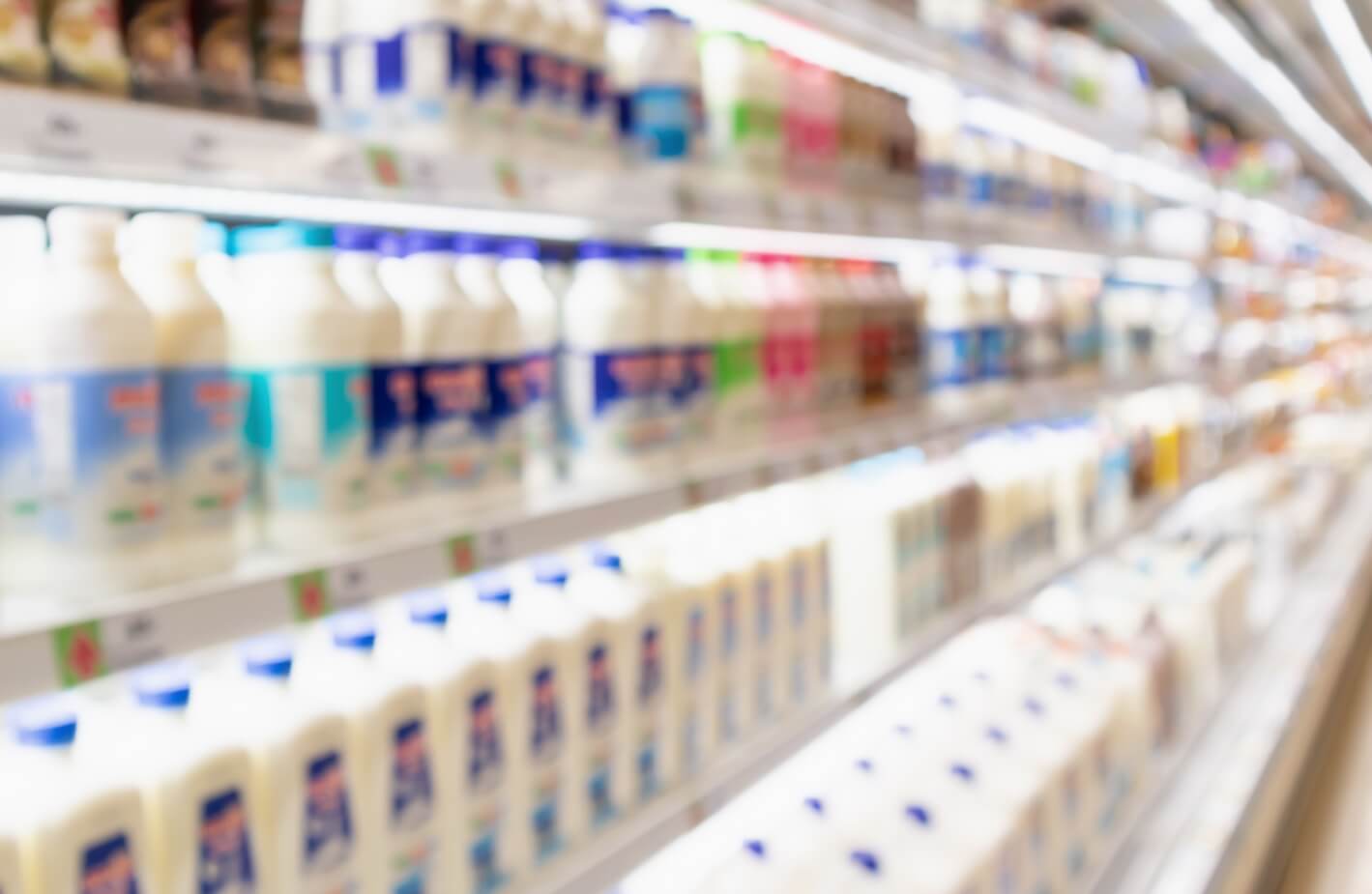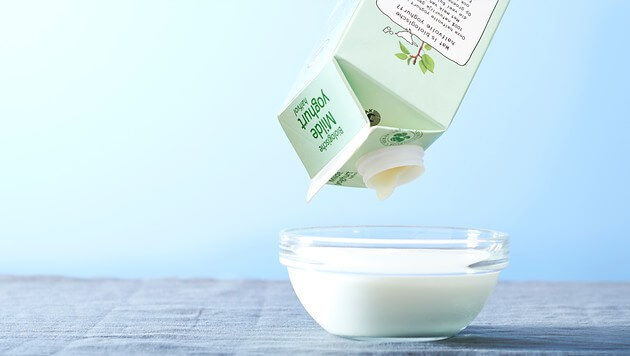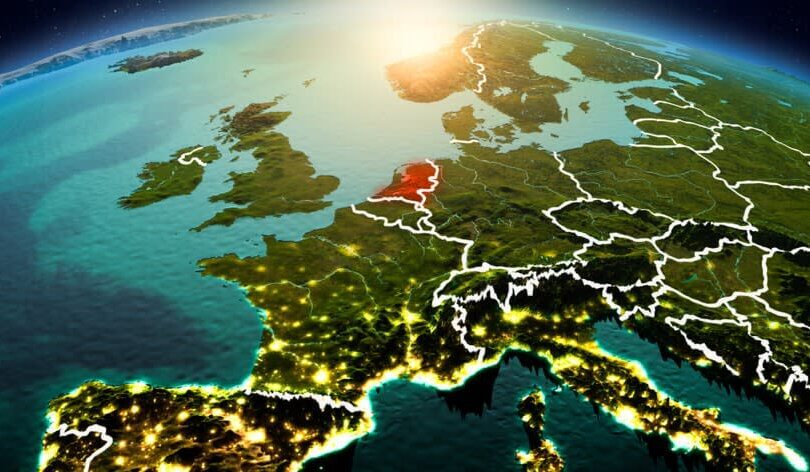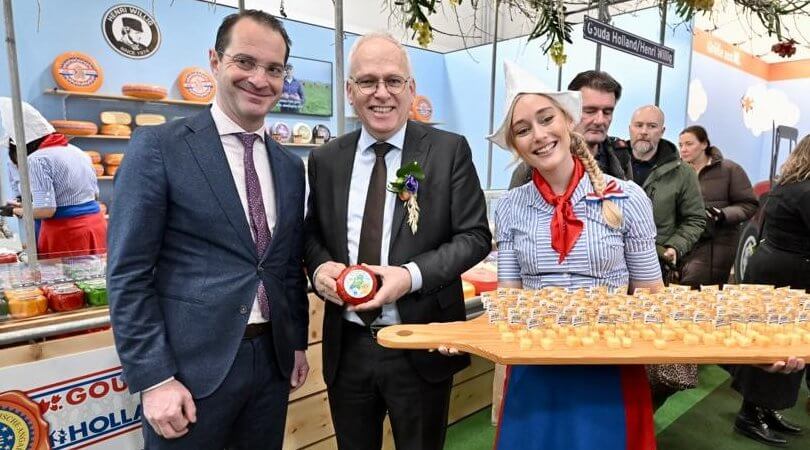
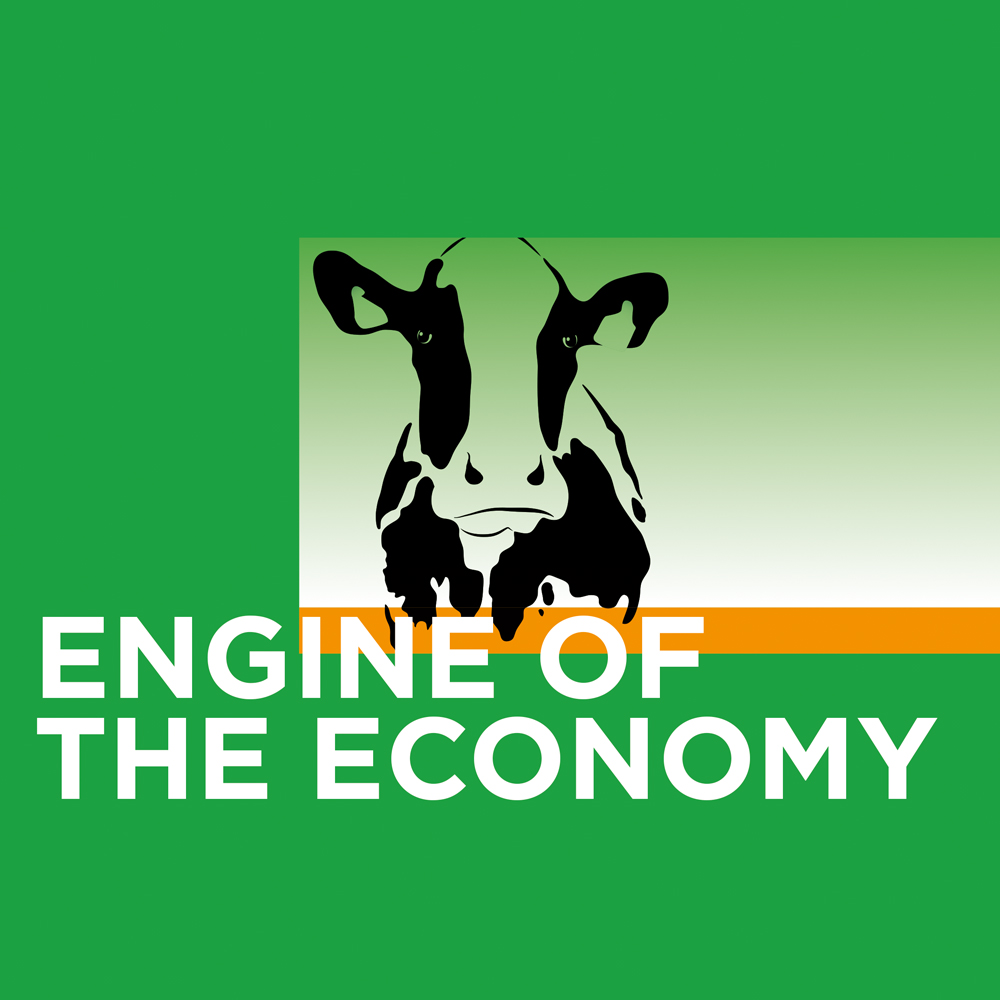
General
News overviewDutch dairy sector offers more than “Farmer Seeks Wife”
“The Dutch dairy industry is a leading economic sector, one that is investing heavily in sustainability, quality and innovation. Our people capture not only the hearts of women in our own country, but also markets and people across the world,” says Tjeerd de Groot, director of the Dutch Dairy Association (NZO), with a nod to the popular TV series Farmer Seeks Wife. “The images of farmers, busy every day with their cows, are a business card for the dairy sector. We are proud of this, but we have more to offer than the romantic farmer’s life.” Today, the NZO releases its report The Engine of the Economy on the economic importance of the dairy sector.
Over the last few weeks, the dairy farmers featured in the 2014-2015 season of “Farmer Seeks Wife” have become the figureheads of the Dutch dairy sector. Proud entrepreneurs working to improve their companies, day in and day out. Close to nature and completely committed to their cattle. Together with their 45,000 peers off screen, these farmers form the engine of the Dutch economy. A sector that can be made visible. This is also reflected in the report The Engine of the Economy from the consultancy firm Roland Berger Strategy Consultants. The dairy sector is alive and well, in perfect health, and makes a priceless contribution to the success of Dutch exports.
45,000 jobs
The 1.6 million cows in our country make 12.7 billion kilos of milk each year. More than half of this milk is processed into cheese, unlike in many countries where consumption dominates milk production. In Dutch dairy exports – which annually total 7 billion euros (8% of the trade surplus) – cheese is also the leading product. Dutch dairy farming has a production value of 5 billion euros, and the dairy processing companies 7 billion euros. In total, the dairy sector accounts for 45,000 fulltime jobs.
Innovation
Windmills, wooden shoes, and cows out at pasture are the defining images of the Dutch landscape for many tourists. Behind this romantic façade is a leading – and evolving – sector. The elimination of the EU’s milk quota as of April 1, 2015 means an end to levies which have penalized economic success and efficient production processes. The continued growth of the global population also leads to stark increases in the demand for dairy products. Because the available agricultural land will decrease rather than grow, the Dutch agricultural sector can do what it does best: produce more and better with limited resources. That is why innovation will remain a key word in the coming years. Close cooperation with world-renowned research institutes like Wageningen University and Utrecht University, and private investments in research and innovation, will guarantee a future-proof sector. Quality and sustainability are also high priorities.
Reputation
The sector is well aware that the reputation of dairy farming and dairy companies among the Dutch public is not only determined by “dating” farmers and economic success stories. “Dairy contains essential nutritional elements, is relatively cheap, and is also very delicious. Scientific studies and renowned scientific and research institutes underscore the importance of dairy as part of a sustainable and healthy diet,” explains Tjeerd de Groot.
Sustainability is now an indispensible part of the dairy sector’s agenda. The dairy sector thus works closely together with various organizations and institutions that promote biodiversity and sustainable agriculture in the Netherlands. As part of the sector initiative Sustainable Dairy Chain, four agreements were made along the chain, and progress herein would be independently monitored and reported. The strive towards climate neutrality, the continuous improvement of animal welfare and health, the preservation of grazing, and the protection of biodiversity – these are the yardsticks with which the dairy sector measures itself. The sector aims to have an open dialogue with all stakeholders, even when they are critical, and to work together to find points for improvement. Tjeerd de Groot says, “Cows are the living capital of each and every Dutch dairy farmer.”
FACTS ABOUT THE DUTCH DAIRY SECTOR
- 1.6 million cows
- 18,000 dairy farms
- 12.7 billion kilos of milk per year
- 23 companies and their 52 factories process dairy into products and ingredients
- 55% of all milk is processed into cheese
- The production value of the dairy industry grew from 4.9 billion (2005) to 7 billion euros (2014)
- The production value of dairy farms grew from 3.5 billion (2005) to 5 billion euros (2014)
- 44,700 fulltime jobs
- 1 billion in investments (2013-2015) in new production facilities
- Annual dairy export grew from 3.8 billion (2005) to 7 billion euros (2014), with an average growth of 7% per year
- 8% of the Dutch trade surplus (export value minus import)
- 16.1% of all Dutch export to Asia, with an annual growth of 7.8%
- Second largest in revenue per capita within the EU (after Ireland)
- Fifth largest in milk production within the EU (after Germany, the United Kingdom, France and Poland)
